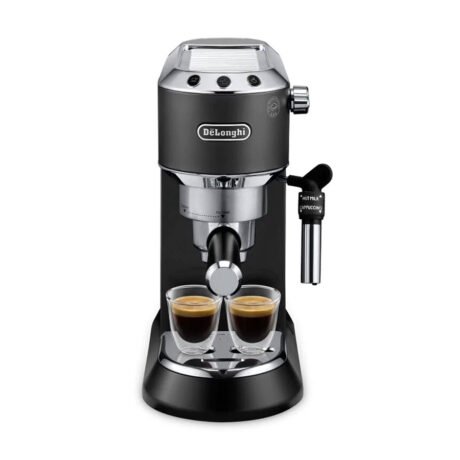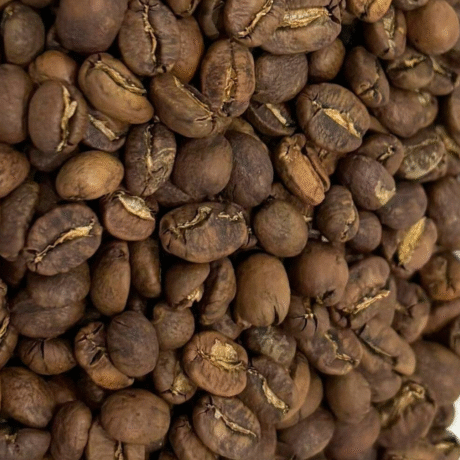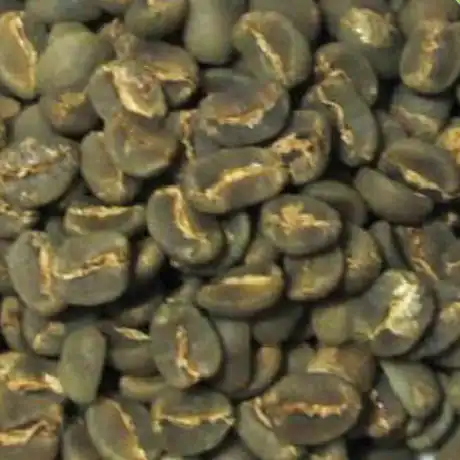Aromatics in Coffee, that beloved beverage enjoyed by millions worldwide, isn’t just about the taste. The enticing aroma that greets you as you grind fresh beans or brew a pot is an integral part of the coffee experience. This complex fragrance is a symphony of hundreds of volatile compounds, each contributing a unique note to the overall aroma profile. Understanding what makes coffee smell so good and the factors that influence it allows you to appreciate the depth and nuance of your next cup.
Table of Contents
The Chemistry Behind the Aroma
The magic of coffee’s aroma lies in a group of chemical compounds called volatile organic compounds (VOCs). These are molecules that readily evaporate at room temperature, carrying the aromatic message directly to your olfactory receptors. The number of VOCs identified in coffee is staggering, with estimates exceeding 800 and constantly growing as analytical techniques improve . However, not all VOCs are created equal. Some are present in much higher concentrations and have lower odor thresholds, meaning they are more readily perceived by our noses. These star players significantly influence the overall aroma profile.
The Roasting Revelation: Where Aromatics are Born
Aromatics in Coffee beans are like aromatic treasure chests, locked tight until the roasting process unlocks their potential. Green, unroasted coffee beans have a limited aroma profile, dominated by grassy or vegetal notes. Roasting is the transformative stage where the true magic happens. Here’s a closer look at the key contributors to coffee’s aroma development during roasting:
-
The Maillard Reaction: This chemical reaction, responsible for the browning of food, plays a crucial role in coffee roasting. It occurs between amino acids and reducing sugars present in the beans, generating hundreds of new aromatic compounds. These Maillard products contribute notes like caramel, chocolate, and nuttiness .
-
Thermal Degradation: As roasting temperatures rise, the complex molecules within the bean break down, forming new volatile compounds. This thermal degradation contributes to the development of roasty, smoky, and sometimes even burnt aromas.
-
Precursors Activated: Green coffee beans contain precursors – inactive molecules with the potential to become aromatic compounds. Roasting activates these precursors, releasing their trapped fragrance potential. These precursors contribute to the development of fruity, floral, and spicy notes in the aroma profile .
The Aromatic Orchestra: A Cast of Fragrant Players
While hundreds of VOCs contribute to Aromatics in Coffee, some major players stand out:
-
Furans: These compounds are formed during the breakdown of sugars and contribute significantly to the pleasant aroma of coffee. They are primarily responsible for those delightful caramel and butterscotch notes we associate with freshly brewed coffee.
-
Pyrazines: These nitrogen-containing molecules are known for their roasty and nutty characteristics. They are particularly abundant in darker roasts, contributing to the intense and complex aroma profile.
-
Esters: These fragrant molecules are responsible for the fruity and floral notes in coffee. They are more prevalent in lighter roasts, where the delicate precursors haven’t been completely degraded by high temperatures.
-
Phenolic Compounds: These complex molecules encompass a wide range of aromatic profiles, from smoky and spicy notes (guaiacol) to vanilla-like sweetness (vanillin). Their presence influences the overall complexity and depth of the coffee’s aroma.
Beyond the Roaster: Factors Shaping the Final Aromatics in Coffee
While roasting plays a dominant role in shaping coffee’s aroma, other factors contribute to the final experience:
-
Origin and Bean Variety: Different coffee bean origins and varieties have unique inherent aromatic profiles. Arabica beans, for example, are known for their brighter, fruitier aromas, while Robusta beans tend to be more earthy and chocolatey.
-
Freshness: Coffee is a perishable product, and its aroma degrades over time. Freshly roasted beans will have a more vibrant and complex aroma compared to stale beans.
-
Grind Size: The size of the grind affects the surface area of the coffee exposed to air. A finer grind will release a more intense aroma, while a coarser grind will have a more muted fragrance.
-
Brew Method: Different brewing methods extract varying levels of coffee’s volatile compounds. Pour-over methods, for example, tend to extract more of the delicate, floral notes, while immersion brewing may emphasize bolder, roastier aromas.
Unlocking the Aromatic Potential of Your Coffee
Understanding the elements that influence coffee’s aroma empowers you to elevate your coffee experience. Here are some tips:
-
Buy Freshly Roasted Beans: Opt for beans roasted within the past two weeks to enjoy the most vibrant aroma profile.
-
Grind Just Before Brewing: Grinding exposes the coffee to air, accelerating the degradation of aromatic compounds. Grind only what you need immediately before brewing.
-
Choose the Right Grind Size: Match the grind size to your brewing method for optimal extraction and aroma release.
Appreciating Aromatics in Coffee as an Olfactory Experience
The next time you brew a cup of coffee, take a moment to appreciate the symphony of aromas swirling around you. Notice the subtle nuances, the interplay of fruity, floral, nutty, and roasty notes. Consider the journey these volatile compounds have taken, from humble precursors in the green bean to their aromatic awakening through the heat of the roast. By understanding the science behind the aroma and the factors that influence it, you can become a more mindful and appreciative coffee drinker, savoring both the taste and the captivating fragrance of this beloved beverage.
The Future of Aromatics in Coffee
The exploration of coffee’s aroma is an ongoing journey. Scientists are constantly working to identify new aromatic compounds and understand their impact on the overall sensory experience. This knowledge can be used by roasters to develop profiles that cater to specific preferences and by coffee producers to optimize growing and processing techniques to enhance the inherent aromatic potential of their beans.
As research continues to unravel the mysteries of coffee’s aroma, we can expect even more exciting developments in the future. Imagine personalized coffee blends tailored to your olfactory preferences or innovative brewing methods designed to unlock specific aromatic profiles. The possibilities are endless, and the future of coffee promises to be a truly fragrant adventure.






